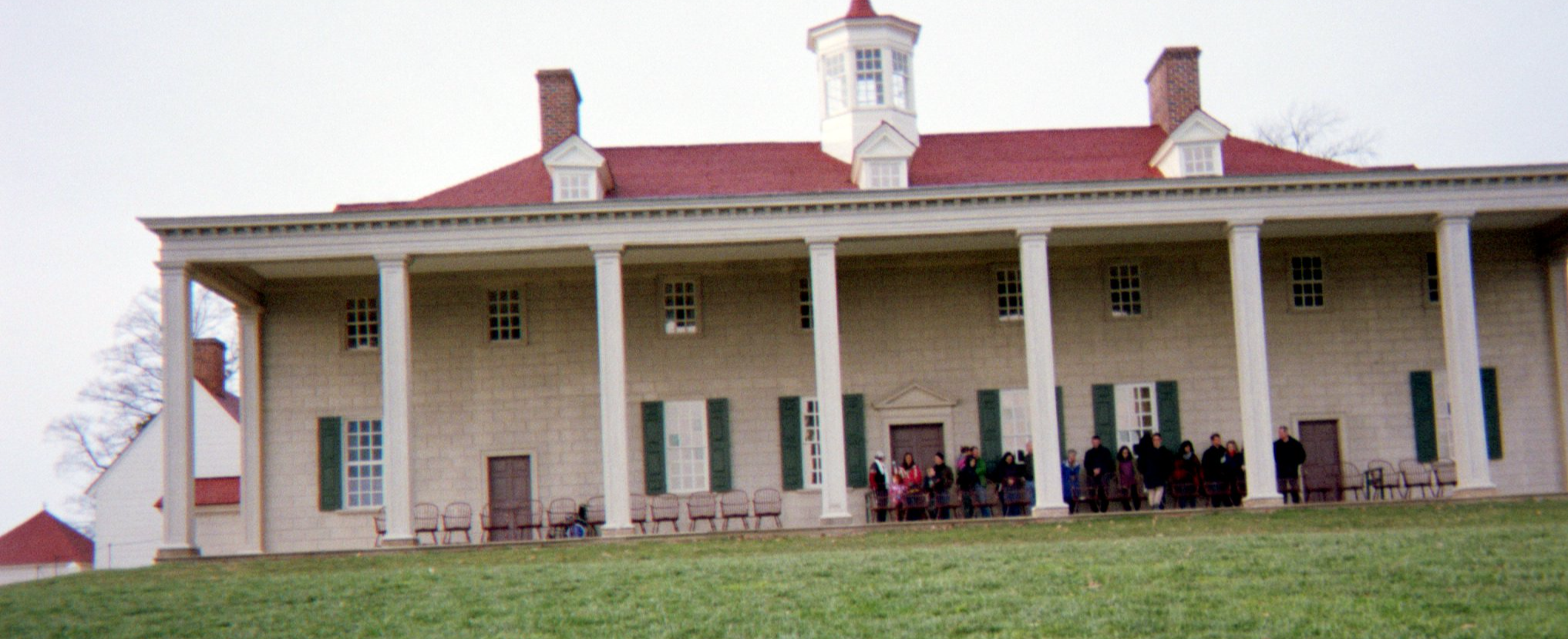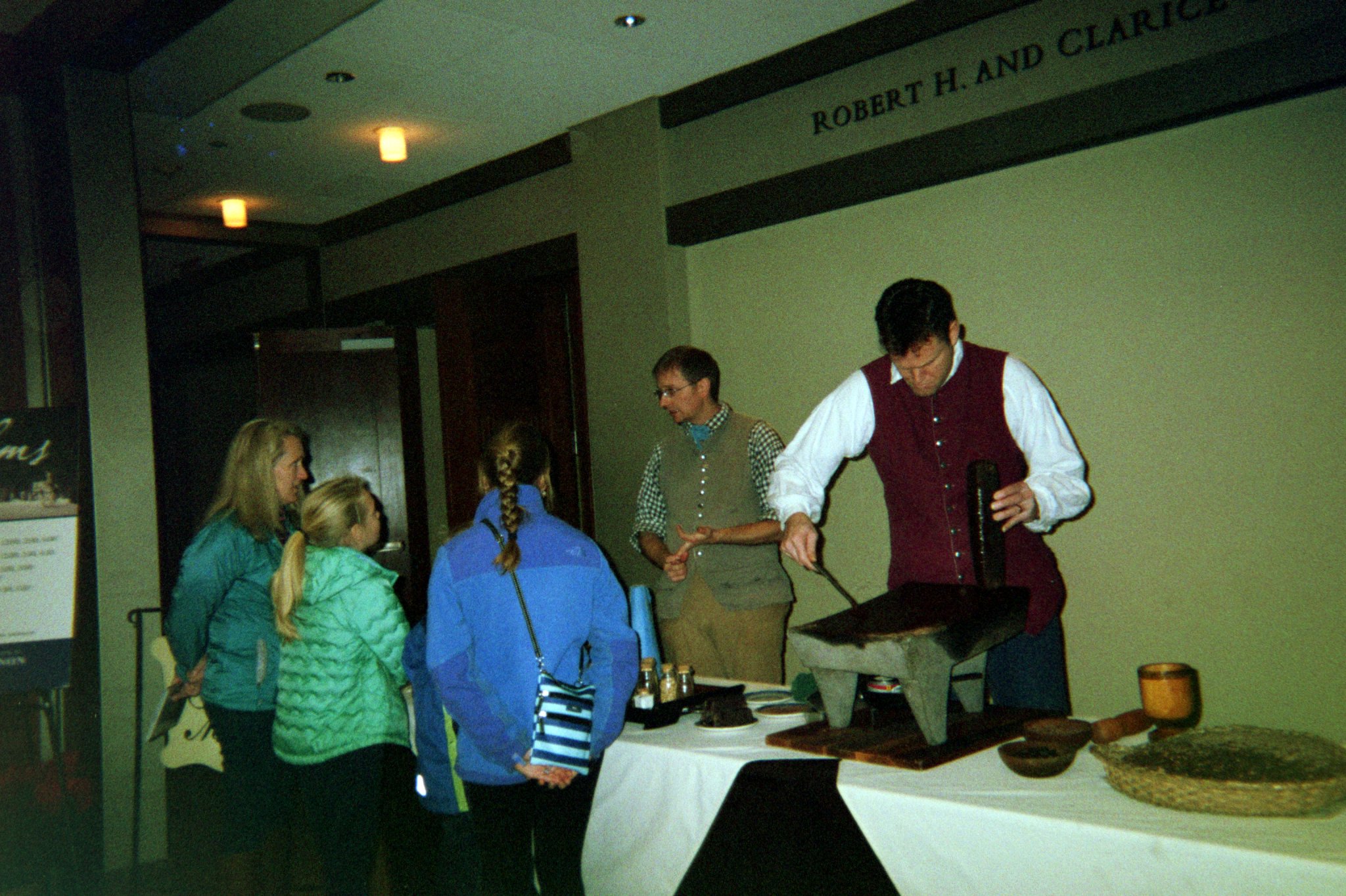US history for kids at George Washington’s Mount Vernon home
US history for kids is exciting. Kids in grades K-12 can visit the section on education for students at Mount Vernon’s website. Mount Vernon is the Virginia home of the first President of the United States. George Washington was also a planter and farmer. He lived at Mount Vernon during the times when he wasn’t serving the public as General of the American Army during the American Revolution or as President of the United States.
History students can visit the historic home of George Washington on the Internet using their mobile phones. Mount Vernon also has a presence on Twitter, Instagram and Facebook making discovering more about George Washington and his Mount Vernon home fun. This historical website will engage the attention of every K-12 student. Who said studying US history for kids is be boring and dry? It isn’t when you can access this information in new and exciting ways with a smartphone.
Some students, used to today’s modern technology, may wonder why George Washington didn’t use social media or a mobile phone to communicate with his peers. The answer lies in understanding day to day life in George Washington’s day. Visitors to the historic Mount Vernon website can discover how George Washington lived and what life was like on his plantation in his day.
Discover US history for kids at Mount Vernon
History students can explore answers to their inquisitive questions about US history for kids at the Mount Vernon website. Topics include Washington and the Revolutionary War, the United States Constitution, the first President and Washington and slavery, Students can meet interesting people from the past or have fun playing online games.
Younger kids can connect with their artistic side by coloring important moments in George Washington’s life online. They can discover what it was like to live at Mount Vernon. Interactive quizzes test student knowledge about the French and Indian War, the Constitution, George Washington and the subject of slavery at Mount Vernon.
Inquiring history students can use their mobile phones to submit their questions to the Mount Vernon website. Some questions students might ask are why didn’t George Washington become king? What did Washington think about King George? Did George Washington have a gun? Why did they catch fish at Mount Vernon?
The Mount Vernon staff have answered each of these questions and more with an engaging interactive video that history students can watch on their mobile phone devices. US history for kids has become exciting and engaging. No more memorizing boring facts and dates.
Other attractions for inquiring history students include a virtual tour of Mount Vernon. Students might hear a presentation from George Washington himself about his own study when they use their mobile phones to click on a link to a video. It's obvious that this is an actor playing the role of George Washington. However, students can use their imaginations to travel back in time to imagine that it really is George Washington speaking to them about objects in his study.
US history for kids resources
There’s more to discovering history other than reading a dry textbook or taking examinations. History can be an engaging and exciting subject for students. Mount Vernon has resources that can help.
History students can find firsthand accounts for research papers and reports in a collection of primary source documents from the Mount Vernon Ladies’ Association and other sources. The Mount Vernon Ladies Association has been maintaining the Mount Vernon Estate since the organization acquired it from the Washington family in 1858. Other information is available in a Digital Encyclopedia of George Washington. Both of these resources are easily accessible using a smartphone or other mobile device.
Another unique educational experience at Mount Vernon is called the Situation Room where students can experience what it might be like to be part of President Washington’s Cabinet. Here high school history students can explore and study the how the American government was established in the 18th century. This unique US history for kids experience draws upon many resources.
Students are placed in groups that are between 24 to 54 students. The program runs for a minimum of two hours and meets the national and state standards for high school students. Students collaborate with one another to build and develop conflict resolution, communication, persuasion and organizational leadership skills.
They participate in the leadership roles of people to make decisions during a critical time in George Washington’s Presidency. US history for kids students discover how foreign policy decisions were made in Philadelphia in the 1790s.
These students immerse themselves in the decisions Washington’s cabinet leaders made in leading a new emerging American nation. Some of the roles students play include President Washington, his Presidential Cabinet. United States Senators, foreign ambassadors, Native American leaders and members of the press. Historical participants are expected to work together with one another to manage both domestic and international crises.
You can take your budding history students to other historic places. Please visit the National Historic Register for ideas on other historic places to see.
For more information about historical educational opportunities about US history for kids please visit the Mount Vernon website. This website is easily accessible using a mobile phone.










